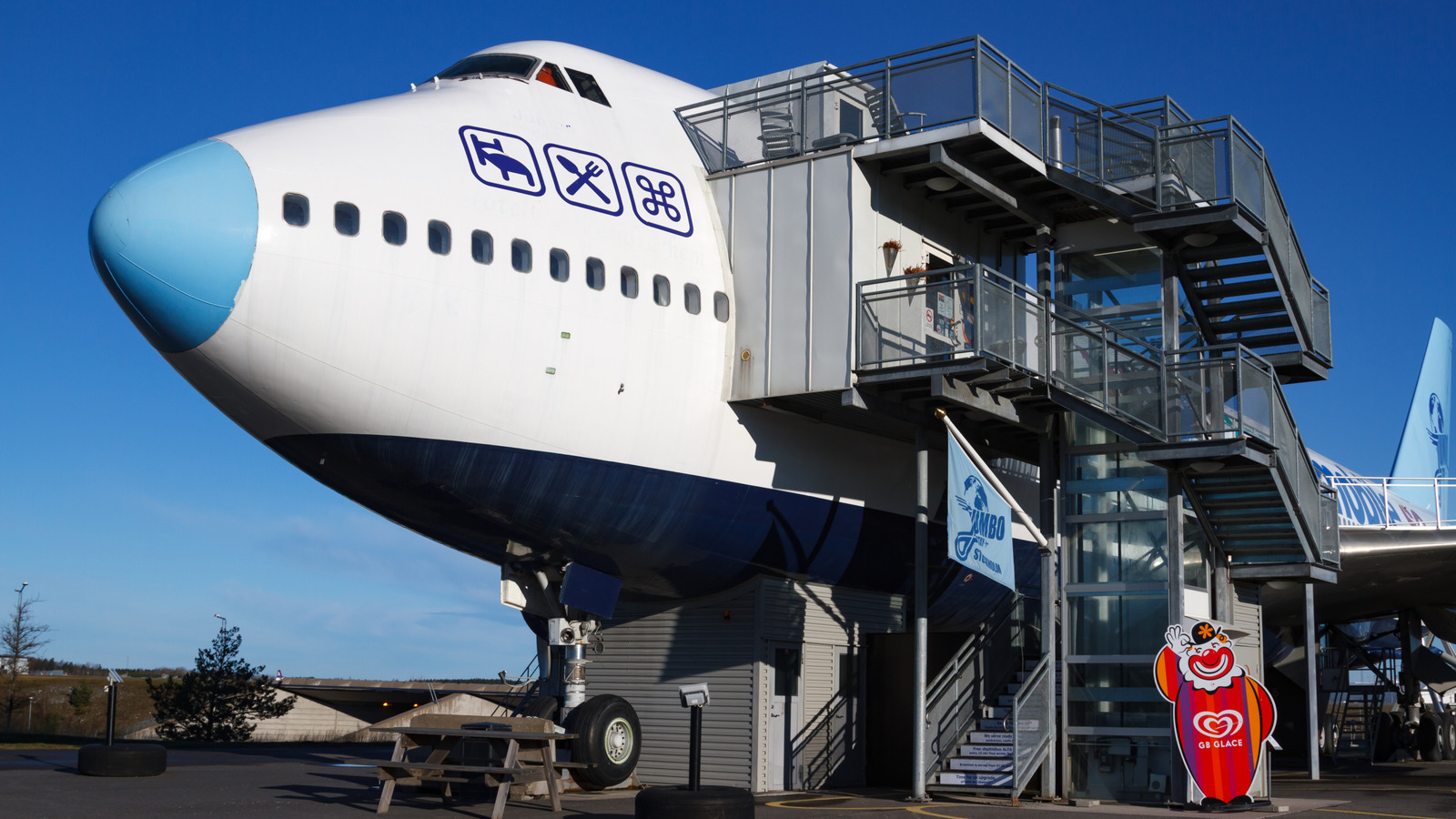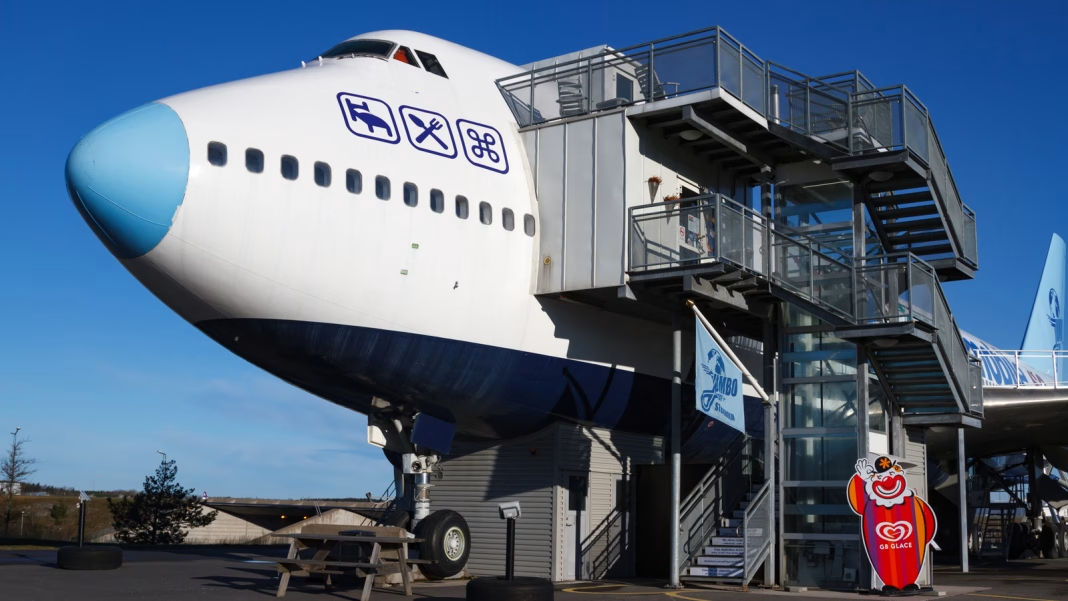What Happens When a Jumbo Jet Hotel Goes Bankrupt?
Imagine turning a retired Boeing 747 into a quirky hotel. That’s exactly what happened in Sweden, where an old jumbo jet found new life as a unique place to stay near Stockholm’s Arlanda Airport. But what happens when the dream fades, the business files for bankruptcy, and no one steps up to buy the place? You’re left with a massive, rusting plane—and a whole lot of questions.
Why Did No One Want to Buy the Plane-Hotel?
It’s easy to see the appeal of sleeping inside a jumbo jet, but running a hotel inside a decommissioned aircraft is a different story. The costs are sky-high. Maintenance alone is a beast: keeping a 747 safe, clean, and up to code isn’t cheap. Add in the niche market—how many people really want to stay in a plane every night?—and you’ve got a tough sell.
After bankruptcy, the plane-hotel was put up for sale. But buyers didn’t exactly line up. The location, right at the edge of an airport, limited what could be done with the property. Converting it back to a flying aircraft? Not an option. Moving it elsewhere? Logistically and financially daunting. So, the plane sat, unsold, as months ticked by.
What Does Sweden’s Airport Authority Do With an Unwanted 747?
With no private buyer in sight, the responsibility landed squarely on Sweden’s airport authority. They didn’t ask for it, but suddenly, they owned a 747 that wasn’t going anywhere. Their job? Figure out what to do with a massive, rusting piece of aviation history.
Airport authorities aren’t in the business of running hotels, let alone ones inside old airplanes. Their main concern is safety and efficient airport operations. A decaying jet parked on the property is a headache—potentially hazardous, unsightly, and a drain on resources. According to Swedish news outlets, the authority is now stuck with the costs of securing and maintaining the aircraft, at least until a new solution is found.
Are There Any Precedents for Repurposing Old Planes?
Repurposing aircraft isn’t unheard of, but it’s rarely easy. Some old planes become restaurants, museums, or playgrounds. Others are scrapped for parts or recycled. In rare cases, creative entrepreneurs turn them into homes or unique venues. But these projects require deep pockets and a clear vision.
A 2023 report from the International Air Transport Association (IATA) notes that while upcycling aircraft is gaining popularity, the costs and regulatory hurdles often outweigh the benefits. Environmental concerns add another layer—disposing of or recycling a jumbo jet is a complex, resource-intensive process.
What Are the Environmental and Financial Implications?
Leaving a jumbo jet to rust isn’t just an eyesore—it’s an environmental risk. Old aircraft contain thousands of liters of fluids, heavy metals, and composite materials that can leach into the ground if not properly managed. The European Union has strict regulations about decommissioning and recycling aircraft, but enforcement and funding can be tricky when ownership is in limbo.
Financially, the airport authority faces a lose-lose situation. Dismantling and recycling a 747 can cost upwards of $200,000, according to aviation consultancy Cirium. Simply maintaining the plane in place racks up ongoing expenses with no revenue in sight.
Is There a Creative Solution on the Horizon?
Some local advocates hope the plane could be saved as a museum or educational center, celebrating Sweden’s aviation history. Others suggest turning it into a community space or event venue. But until someone with vision—and funding—steps up, the jet remains in limbo.
The big takeaway? Creative projects like a plane-hotel aren’t about perfection—they’re about smarter adjustments. Start with one change this week, and you’ll likely spot the difference by month’s end. Sometimes, the best ideas need a little turbulence before they find their final runway.


